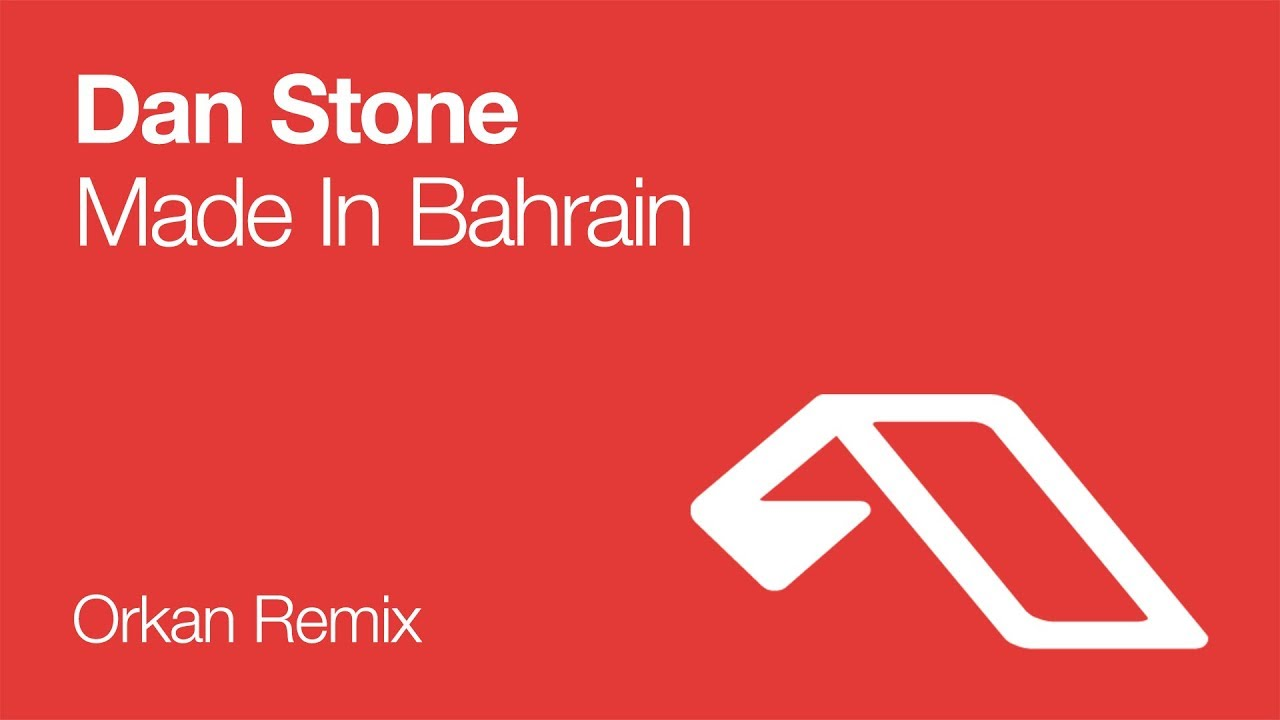- 3 Posts
- 17 Comments

 2·8 months ago
2·8 months agoSounds like you’ve got it right. As long as you tell opensuse to mount your existing home directory somewhere besides
/homeyou’ll be fine. Even if you do mount it at/homeit won’t delete or overwrite it, you’ll just get lots of conflicts with the “foreign” pre-existing configuration files. So yeah, mount it somewhere like/mnt/homeand opensuse will leave it alone and make its own/homedirectory on its own partition, and then you can symlink to your existing mounted partition.As for
grub, it depends on how you do it. If you go with the defaults you’ll probably overwrite kubuntu’sgrubwith opensuse’sgrub. If so, opensuse will probably detect your kubuntu installation and make an entry for kubuntu. Especially if you’re not planning on keeping kubuntu around long-term this’d be the way to go. It’ll work if you want to keep kubuntu as well, but if you don’t want to keep kubuntu around definitely go with this.Alternately, you could tell opensuse to not install
grubwhen you install it. This would leave kubuntu’sgrubinstalled and in charge, and then you’d go back into kubuntu and regenerategrub’s configuration with theupdate-grubcommand and kubuntu’sgrubwill detect your new opensuse install and add a menu entry for opensuse. This will keep your boot experience the same except for your new opensuse option, but you’ll have to keep kubuntu around since it’s still in charge of your boot menu.Regardless of which option you choose, if you keep both operating systems installed you’ll likely have to go into the os in charge of
gruband manually updategrubevery time you install a new kernel in the os that isn’t in charge ofgrub. It’s not hard, but it is another thing to remember.

 2·8 months ago
2·8 months agoYeah, But if I understand correctly that’s how you’ve already got it set up: your
/homeis on your hdd. Once you have your new ssd installed and your partitions set for opensuse/and your games partition, usersyncto copy your games over to their new partition and mount it wherever you like. Make sure to verify that they all copied over correctly and work as expected before deleting them from your home partition.Once you’ve got your new ssd installed, your new OS on it, and your games transferred to their new partition, mount your home partition on opensuse somewhere that’s not
/homeitself…I like/mnt/home, but it doesn’t really matter. Make your symlinks to your “content” folders (~/Documents,~/Music, etc.), and you’re golden. Likewise, mount your new games partition somewhere (perhaps/mnt/games) and symlink it as well to wherever makes sense for your purposes.You can then go back to Kubuntu and move the mountpoint for your home partition, recreate a home directory for kubuntu (since you moved the mountpoint it will no longer have a
/homedirectory), and make your symlinks like you did for opensuse. You don’t have to, though, unless you want to…having your home partition at/homeon Kubuntu and/mnt/homeon opensuse won’t break anything or matter to either OS, but consistency is nice and can make it easier for you as the user.One last thing: make sure your users and groups match up between your OSs so each has permission to see your shared home directories. If your username is “murdoc” and your UUID is 1000 on Kubuntu, make sure that they’re the same on opensuse. Likewise, make sure your user’s primary group ID matches between your OSes as well. Use
usermodandgroupmodif necessary, but hopefully opensuse lets you specify a UUID when you set up your new user.

 4·8 months ago
4·8 months agoYou can share your
/homepartition directly, but you’ll likely find problems with things like theming and other configurations when you do. This is because you’re not only sharing the stuff you want, like~/Documentsand such, but also all of the hidden configuration directories like~/.localas well. While most every distro uses the same visible directories, they are less likely to store their config files in the same places as others.To get around this, I mount my “universal” home directory somewhere other than
/home, e.g./mnt/homeinstead. Then I symlink the folders that I care about to each distro’s/homedirectory, e.gln -s /mnt/home/<username>/Music ~/. It works across all Linux distros as well as other Unices (as long as they can read the filesystem that you put your universal/homeon…ZFS is great for this). I’ve used this successfully to share my~/*directories between Linux, FreeBSD, and MacOS installs at one time or another. But it still lets each distro or OS have its own configurations without interfering with the other stuff you’re multibooting with it.

 9·9 months ago
9·9 months agoI can’t wait for my home state to have fair elections again.
The fricking hamburger menu on desktop applications. I don’t care if there’s an option to use it or even if it’s the default option as long as there’s a way to get a traditional menu bar. But when it’s the only option the designers can fuck right off. Monopoly and privacy aside, I’ll never use Chrome just because I have to use a stupid hamburger menu.
I completely understand why it’s used on mobile devices, and thus I get why it’s used for non-mobile devices. People who are used to it from mobile want it on the desktop. Or maybe your vertical screen space is limited and it lets you get back a line of space for other stuff. But it’s really just poorly re-creating the menu bar while requiring (at least) an additional click. When there’s no good reason for it, it just sucks. Give me an option to use it or not!
Because Chromium and its derivatives suck. Is it really too much to ask for a traditional menu bar rather than a stupid hamburger menu?
I’ve never tried Bedrock myself, but was intrigued enough when I learned about it to read up. (So take my words with a huge grain of salt.) I believe that you have it right in your first point: you can run a kernel and drivers from, say, Debian stable while running cutting-edge rolling release userland applications from, say, Arch. And if you want a few slower-moving applications you can get those from, say, Ubuntu while still running the rest of your system as Debian and Arch. And if you need something really obscure that you can only find in a weird Gentoo overlay…
As to your second point, yeah, you can go with SystemD from wherever or OpenRC from Gentoo or Runit from Void or whatever else you want.
But really, I suggest you try out Bedrock in a VM and find out for yourself. If it works like you want it to, then go to town on your bare-metal install (after backing it up first, of course!).
Mixxx is the only Linux-native DJ software that I know of, but it’s still amazing. If it’s missing featutes compared with Serato or Recordbox I’m not good enough to miss them yet, and the features it doea have are damn impressive.
Likewise, Inkscape and Gimp are both great. I know that Gimp takes a lot of heat for not being as “good” as Photoshop, but it’s just different. The few times I’ve tried Photoshop were as painful to me as Gimp seems to be for others. And since I don’t need the CMYK functionality that Gimp is missing, I’m happy with Gimp.
LaTeX has a steep learning curve, but using anything else for documents is like stone knives and bearskins in comparison.

 2·1 year ago
2·1 year agoFirst off, I take issue with the idea that hobbies are pointless. If doing something makes you happy, that’s worth a lot in my book: whether that hobby is playing golf or collecting stamps or using a non-mainstream distro.
To the point: for me, Gentoo has a purpose in that it’s the easiest distro for me to maintain. Yeah, I had to negotiate the learning curve, but now that I have I know how to keep my install running and fix things when they break. Before my last computer died I was running the same install for 9 years straight, and my current install on my “new” computer is five years old. I never got that feeling of “system mastery” with Ubuntu or Fedora.
So there’s your purpose: it works better for some people than other distros. Everybody has their own preferences and values, and Gentoo matches those for some. It may not be your cup of tea, but that doesn’t mean that everybody should just use what you consider to be a “useful” distro.
Try all three. It’s not like it costs anything, and they’re all just a click or one-liner away. Try them all and see what works best for you.
That said, I’ll go with Mate any day of the week.
Screaming Trees is criminally underrated. They’re one of the earliest grunge bands, and it’s a crying shame that they were never able to reach the success that the more well-known Seattle bands did.
Back before I felt comfortable taking my expensive smartphones running with me for the GPS purposes, I’d manually enter my running routes into RunKeeper. I don’t know if they still use it, but back then their mapping was powered by OpenStreetMap. I’d add in stuff like sidewalks and trails that weren’t on the map yet to make my manual entries easier. I liked doing this–it was kind of fun and I felt good contributing my knowledge of my local unimportant suburb to the world.
I’ve been surprised at how much is already on there, though. Out of curiosity I went to look at the map for my mom’s hometown of ~500 people in the middle of nowhere and found it surprisingly complete.
I still like OpenStreetMap, but don’t use it as much anymore. I wish there was a navigation app that used OSM data and was able to give me audio cues (e.g. “turn left at the next exit”), because that’s 99% of my map use these days. (And if there is one that I don’t know about, please let me know!)
I bought a laptop just as Windows Vista came out that could barely run it despite being labeled as “made for Vista”. Once I installed Ubuntu on (Gutsy Gibbon) on it everything worked much more smoothly…even World of Warcraft through Wine, which was why I wanted a new laptop in the first place. I haven’t played WoW for years, but I never wanted to go back to Windows.

 2·1 year ago
2·1 year agoIf epic English poetry doesn’t scare you, Edmund Spencer’s The Faerie Queene is great. It’s like Arthurian legend on acid. Check out the version with the Walter Crane illustrations, which are also excellent.

 4·1 year ago
4·1 year agoMost of the roads in Ireland, at least for my 'Murrican sensibilities. My wife and I took our honeymoon in Ireland and rented a car to get around. Aside from driving on the opposite side of the road, we were unprepared for how narrow all but the main highways were. The typical road there is comparable to a small country road here, is often lined with hedges right up to the edges, and often lacks a center line. The sheer terror of going past a large truck going the opposite way on one of those for the first time was very, very memorable. We eventually got used to it, but that first day or two of driving was definitely white-knuckled.
Kilmister.





Glad to hear it. Good luck with your computer!
Oh, and make sure that when you’re running opensuse’s installer that you tell it to NOT format your “universal” home partition. And just to be safe, backup your data somewhere else before doing anything!